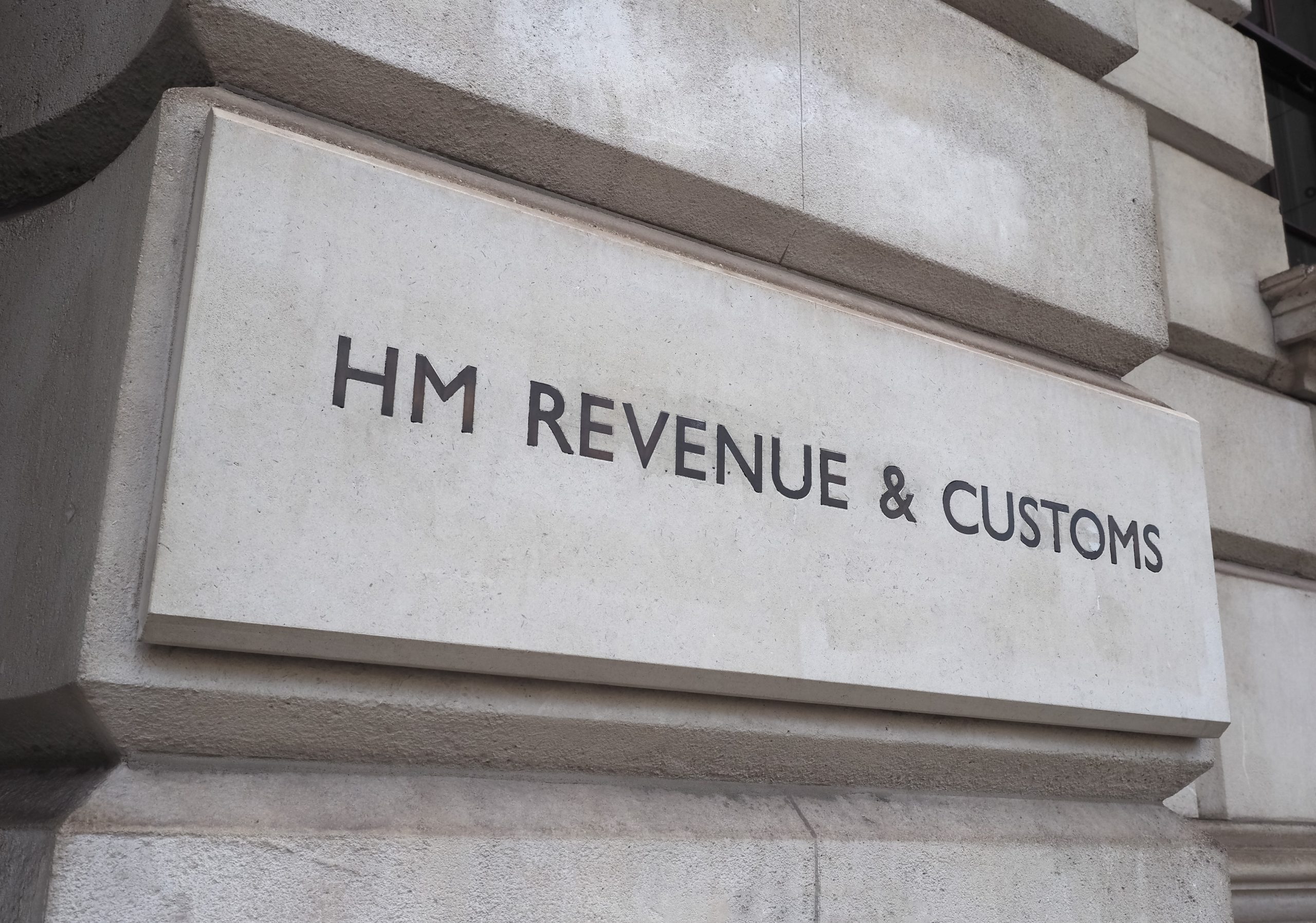However, this apparent progress masks a number of factors that will be of concern to HMRC. Firstly, pre-pandemic overdue debt levels were much lower, averaging around £15bn in the five years to 2019-20 and HMRC’s overdue debt levels barely exceeded £30bn during the aftermath of the 2008 financial crisis, even after the current HMRC Time To Pay scheme (“TTP”) was incepted. The £44bn debt represented around 5% of total annual tax receipts - an increase from around 3% pre-pandemic.
In addition, the total debt repaid via the VAT Deferment Scheme and other policy measures was approximately £31bn (higher than the fall in total overdue debt of £26m). As successful as the VAT Deferment Scheme was, the repayment of this policy debt has masked a significant increase in other overdue debts, which have averaged £45bn since the end of 2022. Shockingly, around 50% of this balance comprises debts over 12 months old.
HMRC factors
HMRC classifies overdue debts into two categories: managed debt, which represents debt ringfenced in formal TTP arrangements; and debt available for pursuit, which represents debts which are due or overdue.
In the pre-pandemic years, HMRC debts ringfenced in formal TTPs seldom exceeded £2.5bn. However, by September 2022, tax arrears encapsulated in TTPs had risen to £9bn, reflecting HMRC’s supportive stance in the immediate post-COVID period. Whilst managed debt had gradually fallen to just under £6bn at December 2024, this still remains two-and-a-half times the TTP debt of March 2020. From HMRC’s perspective, and perhaps more worryingly, debts available for pursuitat December 2023 were almost double their pre-pandemic level at £38bn.
Government Measures
In the 2025 Spring Statement, the Chancellor set out a package of measures intended to tackle overdue debt, including an investment of £87m in third-party debt collection agencies; the recruitment of 600 more staff to pursue overdue debt; an increase in late-payment penalties for certain taxes; and a re-introduction of direct recovery actions (seizing funds from taxpayers’ bank accounts).
Whilst the above measures reflect some limited initial steps, HMRC’s wider attitude to forbearance will have to change if the level of overdue debt is to meaningfully fall. Businesses are already struggling to secure the levels of support previously enjoyed in the post-pandemic period. This is evidenced by the reduction debt ringfenced in TTPs from £9bn to £6bn in two years, and the increase in winding-up petitions back to pre-pandemic levels (3,000 per annum). However, the TTP scheme represents an incredibly successful tax collection mechanism to HMRC, with over 90% of arrangements being adhered to and the overdue taxes fully repaid.
As with many aspects of tax policy, the Government is forced to strike a balance between economics and politics; between collecting taxes to support the Treasury and safeguarding employment, while also discouraging delinquency and minimising write-offs.
TTPs are still available to support businesses with strong cases and where management teams can demonstrate initiative and positive actions to improve HMRC’s position.
How can KR8 Advisory help?
- We have extensive experience in negotiating TTP arrangements for businesses with overdue taxes that can demonstrate a credible strategy to return to profitability and cash generation.
- We have detailed knowledge of
- HMRC’s requirements
- the debt management processes
- the changing policies and attitudes to forbearance
- We can also assist in the preparation of forecasts to support the TTP request, as well as exploring all other available options to meet the funding needs of the business.
- We particularly specialise in taking forward negotiations where HMRC has rejected an initial proposal, or where the business’s compliance record is poor.












